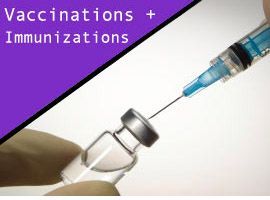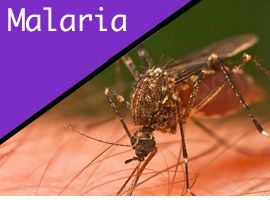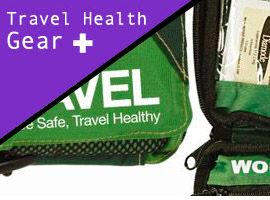A tiny infected cut on my leg once took me out of commission for 3 weeks. I had been swimming at a waterfall in northwest Benin when I nicked my leg on a rock. It bled for a moment, but the cut was so tiny that I didn’t make much of it. I kept swimming, staying in the water for another 45 minutes or so.
Two days later, the area around the cut was swollen and red. In my idiocy, I assumed that my leg was simply bruising in a strange way. By the next day, most of my lower leg was inflamed and I had a fever coming on. It was at this point that I realized that something was definitely not right.
I showed my leg to a nurse (the mother in the family that we had hitchhiked with) and she immediately saw what was going on. She got me started taking ciprofloxacin (it was the only antibiotic we had) and by the next day, I was on my way back to Accra, Ghana, where I living at the time.
Once in Accra, I was put on an IV almost immediately. I was also taking antibiotics orally and I was receiving shots in my ass twice a day (with a needle fit for an elephant). It took me 3 weeks to fully recover.
Hindsight is of course 20/20 and I now know how I should have reacted when I received the cut. Here are a few tips so that you will not have to endure an experience like the one above.
Make sure your vaccinations are up to date
This is especially relevant with respect to tetanus, which can be transmitted from bacteria found in soil. If your wound is deep or the object that caused it is dirty, it is critical that you are vaccinated.
Clean the cut immediately
This is your first priority. And it is a priority — the sooner you can do this, the better. Mild soap and water (potable water) is all you need for this stage. If there are pieces of the object that cut you in the wound itself, use tweezers (sterilized with alcohol) to remove them.
Apply a topical antibiotic
Neosporin or a generic topical antibiotic will help prevent an infection from forming.
Cover the wound
While exposing your cut to the air can help it heal faster, it is a good idea to keep the cut covered for the first day or so. A sterile bandage that is appropriately sized will do the trick. You’ll want to change the bandage once a day or whenever it gets dirty or wet.
If the cut is severe or if the environment is questionable, see a doctor
Obviously, a bigger wound increases your chances of infection. Furthermore, environmental factors may put you at risk as well. For example, while the water at the swimming hole was safe to swim in, there very well may have been some amount of bacteria in it that led to my infection. In cases like this, and in cases where you have been cut by an object that may be contaminated with bacteria, you may want to see a doctor. If the wound is deep and/or gaping, and it is bleeding continuously, you also likely need to get stitches. A doctor may also prescribe you to antibiotics on a preemptive basis, to head off any possibility of infection.
Watch for signs of infection
Redness around the cut, increased wound pain and/or a fever can all be signs that the cut has become infected. If this is the case, you need to go to a doctor to have it checked it out. A small amount of redness around the cut may be normal, but if it increases in size and/or you experience any of these other symptoms, you need to have the wound examined.
Photo credit: flickr user kmimsey












{ 1 comment… add one }